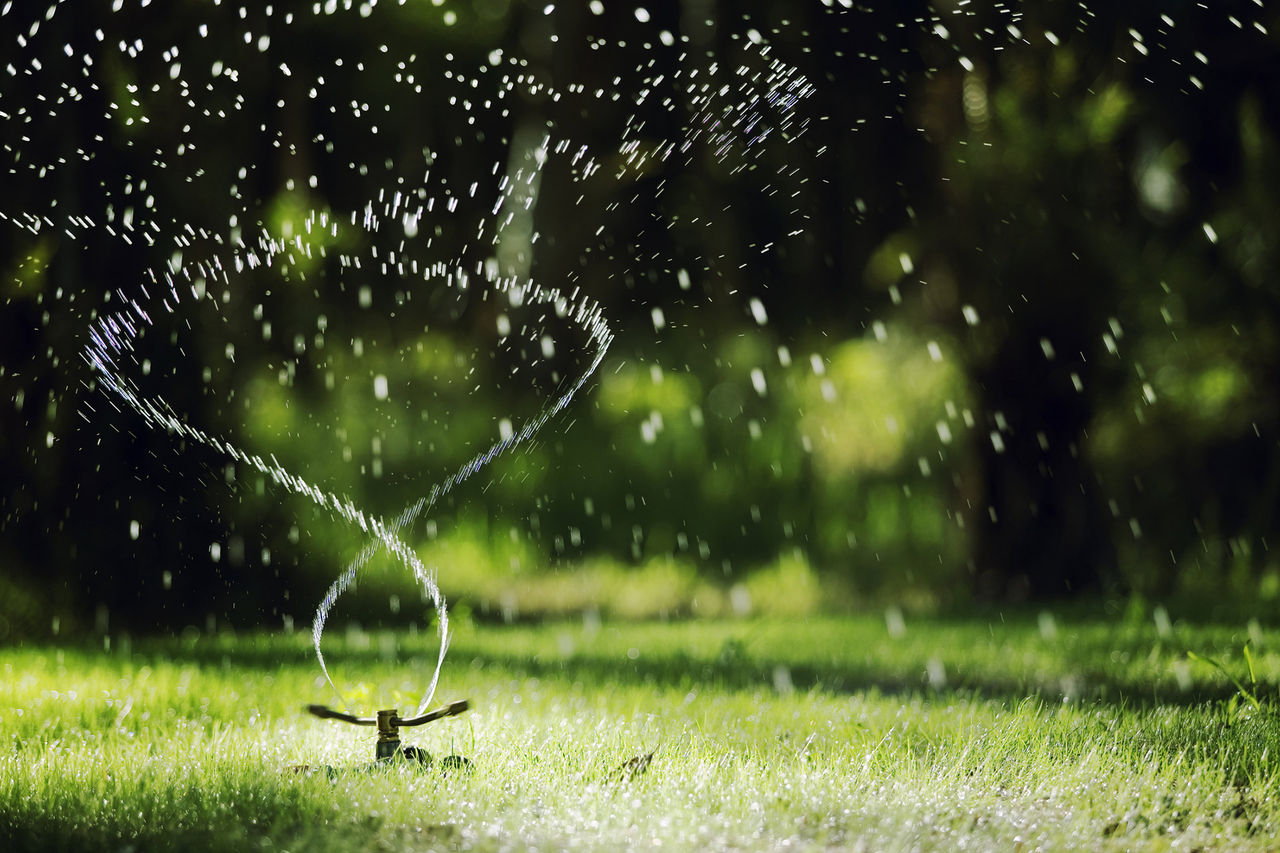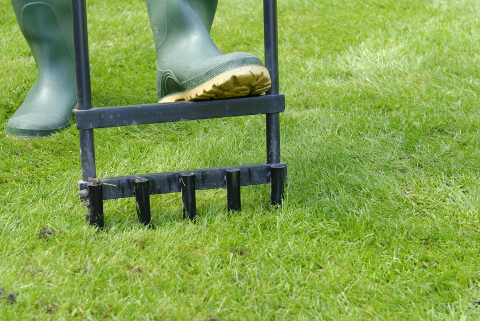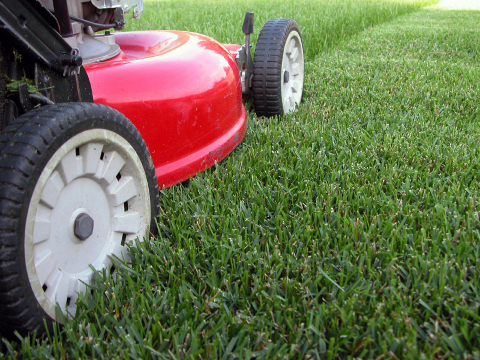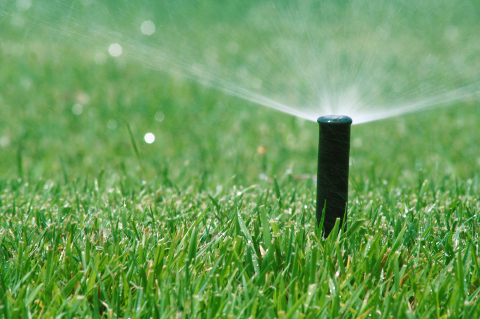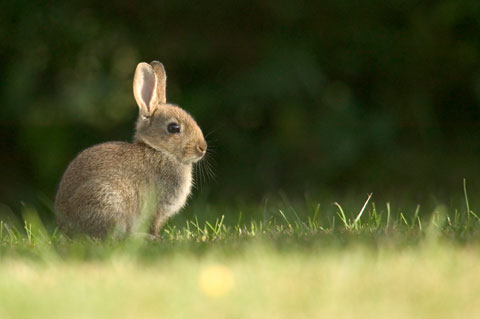-
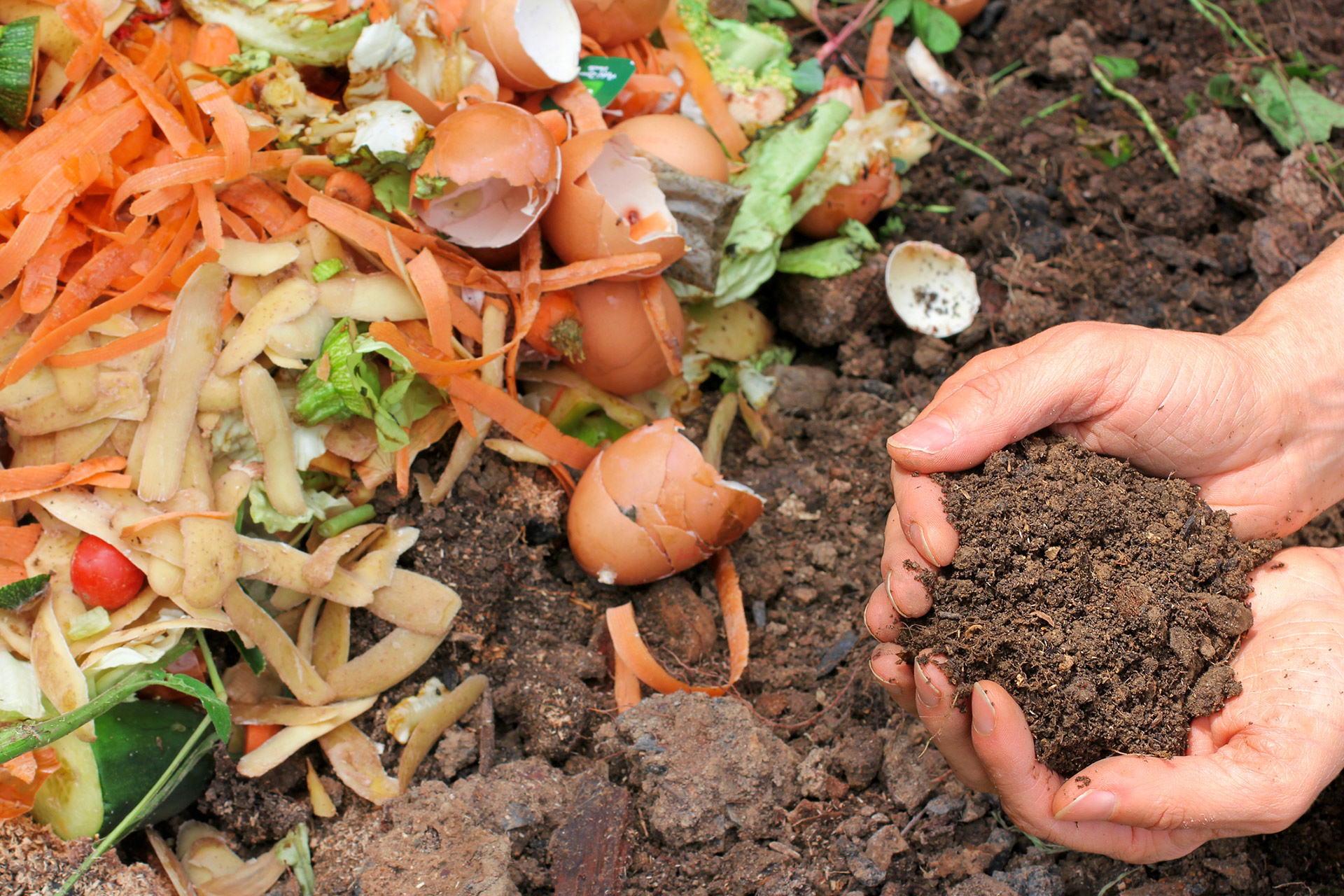 Fertilizing
FertilizingFertilizing
Plants require nutrients to grow and be healthy. Fertilizers are wonderful allies when used correctly and in a manner that suits the nature of the plant in question.
More -
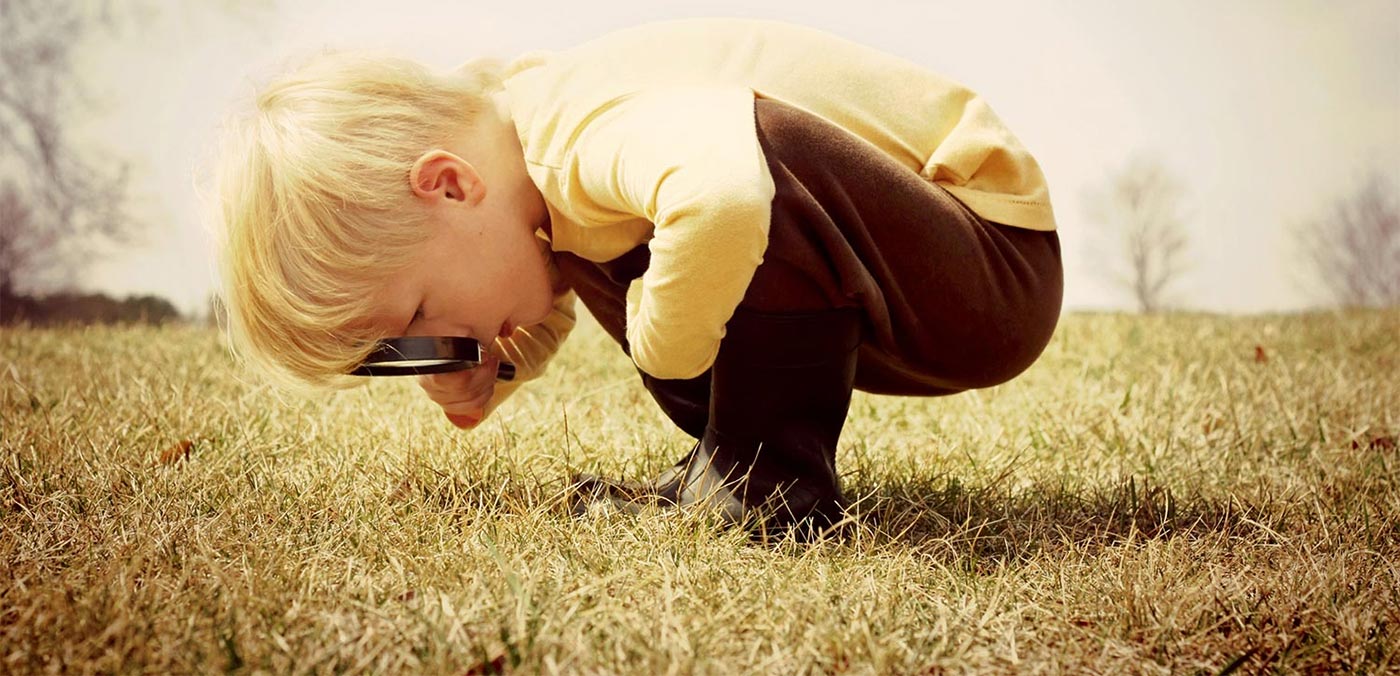 Selecting, sowing and overseeding
Selecting, sowing and overseedingSelecting, sowing and overseeding
Before buying your grass seed, make sure you match it to the conditions of your property, such as the amount of light and moisture available.
More
Grasses, like other plants, do best when given the conditions they need to thrive. If not, they soon become susceptible to a variety of problems and can become dependent on chemical pesticides and fertilizers—a costly expense both economically and environmentally. However, given a bit of forethought, it is possible to have a thriving, lush green lawn organically.
- 0
- 1
- 2
